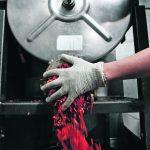Data shows the cattle producer’s share of the retail beef dollar has dropped from 64 percent in 1970 to 41 percent in 2022
The overarching goals of the ongoing project are to trace beef pricing throughout the supply chain, increase transparency for ranchers’ benefit, provide data to boost advocacy and “ensure that the proportion of the beef dollar that ranchers receive increases from year to year and does not shrink.”Beef cattle
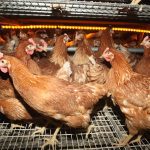
Proposition 12 could bring big trouble for the livestock trade
Gary Stordy, a former CPC director, said the law would affect Canada’s pork industry, which exported nearly five million feeder pigs, more than 1.5 million market hogs and more than 1.4 million tonnes of finished pork products to the United States in 2021.
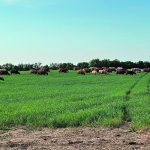
Beef sector demands tougher stance on trade
The beef trade deficit with Europe reached $92 million in 2022, but trade flows have changed in 2023:
“Just because another country does something in a specific way doesn’t mean we have to adopt that,” said Nathan Phinney, CCA president. “One thing we need to realize is we’re in Canada. We have a world class (beef production) system, a world-class product and producers that do a world class job. We have to stand up for what we do in Canada and be proud of what we do.”
Conservation deal to protect historic Alta. ranch
Agreement reached with Nature Conservancy of Canada and Ducks Unlimited will curtail development at McIntyre Ranch
The sprawling, nearly 130-year-old McIntyre Ranch, located 60 kilometres south of Lethbridge, will allow for cattle grazing in perpetuity while curtailing development along rolling native grasslands.
Young producers tap into mentorship
The Canadian Cattle Young Leaders program pairs 16 people ages 18 to 35 with an industry leader in their area of interest
James Kinley was a participant in the Canadian Cattle Young Leaders Spring Forum, which was recently held in the Calgary area. The three-day event included tours ranging from cow-calf farms and ranches to feedlots and a processing facility, along with networking events and learning sessions.
Irish cattle producers return to the mountain
Farmers in the Burren employ a system called winterage, where cattle graze the windswept, rain-soaked mountains of west County Clare from autumn until spring. The cattle are brought back to the valleys and farmsteads for the rest of the year, before once again moving to their mountain winter pastures (called winterages by locals) as the days shorten and temperatures cool.
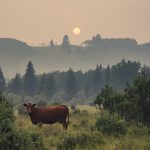
Watch cows for pneumonia during wildfire smoke season
Our goal is to help keep your cows alive, or at least salvageable for slaughter, yet statistics show that pneumonia is the second highest cause of death next to digestive disorders in mature cows. It’s a condition worth paying attention to.
Canfax report
This cattle market information is selected from the weekly report from Canfax, a division of the Canadian Cattlemen’s Association. More market information, analysis and statistics are available by becoming a Canfax subscriber by calling 403-275-5110 or at www.canfax.ca. Bullish fed market The story has been the same for the past month, with higher prices and […] Read more
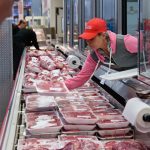
BLOG: Protecting beef and pork … with CETA
The language in trade deals is normally complex and cloudy. But the text in the Comprehensive Economic Trade Agreement with Europe (CETA) suggests that Canada can impose duties on European beef and pork if those imports are harming Canada’s red meat industry. The language is found in Article 3.4 of CETA. It says Canada and […] Read more
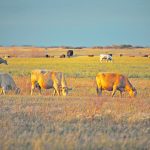
Sustainability accounting worries cattle sector
Tammy Nemeth said the “unique circumstances of western Canadian livestock producers” weren’t addressed at all during International Sustainability Standards Board discussions.

